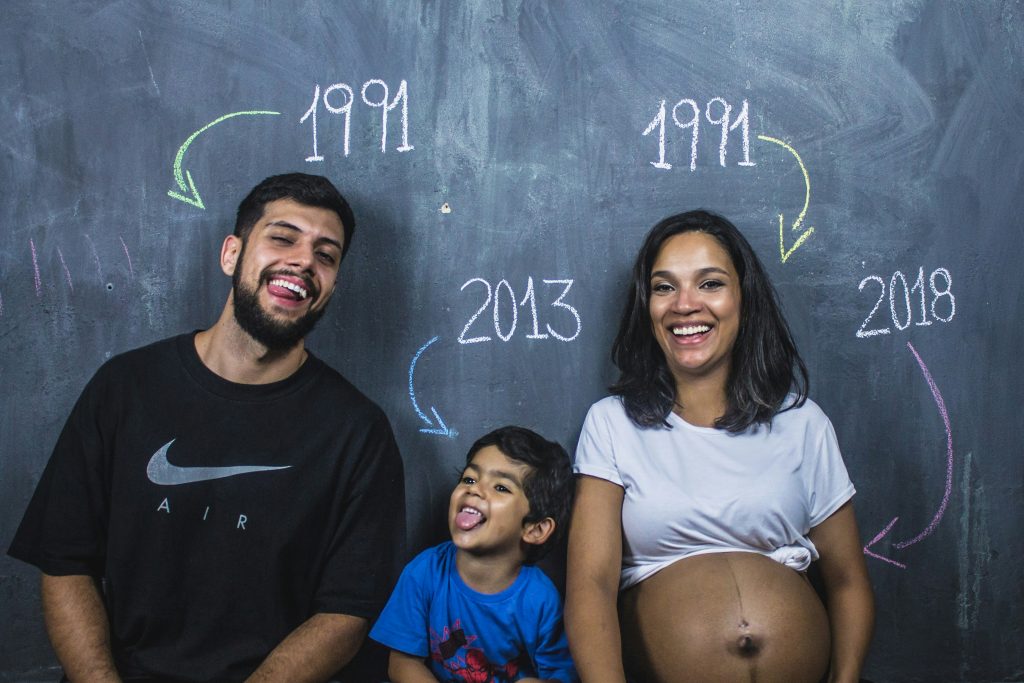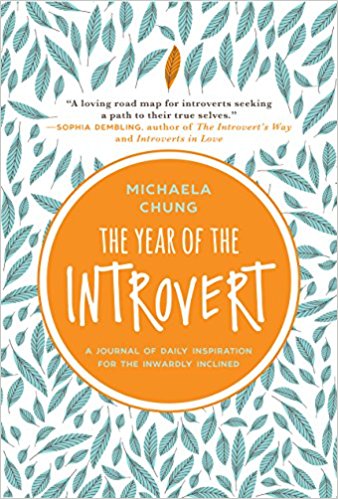
Ever wondered how introverts can excel in the seemingly extroverted field of family photography? Do you find yourself stressed at the thought of managing your loved ones and dealing with an unfamiliar photographer? For many introverts, the prospect of portrait sessions can be daunting. Whether you’re behind the camera or in front of it, the experience can feel overwhelming. However, you can manage and thrive in these photography sessions with the right strategies. Let us explore how introverts can excel in portrait sessions with the right strategies and preparation.
Understanding the Introvert’s Perspective
The Challenge of Being Photographed
For introverts, being in front of the camera in professional photography settings can feel intimidating. Unlike extroverts who might enjoy the spotlight, introverts often prefer to stay out of it. This can make family portrait sessions particularly stressful. Understanding this challenge is the first step in overcoming it.
Managing Family Dynamics
Managing family dynamics during a photo session can be another hurdle. The need to coordinate everyone’s outfits, poses, and smiles can add layers of stress. This is particularly true for introverts, who may find such interactions draining.
Strategies for Introverts to Excel
1. Pre-Session Preparation
Preparation is key to easing anxiety. Before the session, spend time planning outfits, discussing poses, and setting expectations with your family. The more prepared you feel, the less overwhelming the session will be.
Planning Outfits
Choose outfits that everyone feels comfortable in. Comfort can significantly impact how natural everyone looks in the photos. Discuss and coordinate colors to avoid any last-minute stress.
2. Communicate with the Photographer
Effective communication with your photographer can alleviate a lot of stress. Explain your introverted nature and any specific concerns you have. A skilled photographer will be understanding and accommodating.
Setting Expectations
Discuss the style and mood you want for the photos. Share any preferred poses or setups. This will help the photographer and make you feel more in control.
3. Choose a Familiar Location
Opt for a location where you feel at ease. Whether it’s your home, a favorite park, or another familiar place, being in a comfortable environment can help reduce anxiety.
The Importance of Comfort
Familiar surroundings can significantly affect how relaxed you feel. This ease will convert into more natural and authentic photographs.
4. Practice Posing
Posing in front of a mirror might help you feel more confident. Although it may feel awkward at first, it can help you understand the best angles and expressions.
Finding Your Best Angles
Try out a variety of poses to see which ones give you the greatest confidence and comfort. This practice can make the actual photo session feel more manageable.
5. Focus on Genuine Interactions
Instead of forced smiles and stiff poses, focus on genuine interactions with your family. Play, laugh, and engage with each other. This will make you feel more comfortable and result in more authentic photos.
Capturing Real Moments
Encourage the photographer to capture candid moments. These often turn out to be the most cherished photos, reflecting the true essence of your family.
6. Take Breaks
Don’t hesitate to take breaks if you start feeling overwhelmed. Short breaks might help you relax and restore your composure.
Managing Stress Levels
Discuss the possibility of breaks with your photographer beforehand. This way, one can plan the session accordingly and ensure that you feel comfortable throughout.
7. Use Props and Activities
Incorporate props and activities into your photo session. This can distract from the focus on posing and make the experience more enjoyable.
Making the Session Fun
Props like balloons, toys, or favorite family items can add a fun element to the photos. Engaging in activities like playing games or having a picnic can create natural and joyful moments.
8. Limit the Audience
Keep the number of people present at the photo session to a minimum. Too many onlookers can increase anxiety. A smaller, more intimate setting can help you feel more at ease.
Creating a Calm Environment
Inform the photographer if you prefer a quieter session. Experts can help manage the environment to ensure it’s as stress-free as possible.
9. Post-Session Reflection
After the session, take some time to reflect on the experience. Acknowledge what went well and what you found challenging. This reflection can help you prepare for future sessions.
Learning and Growing
Every photo session is an opportunity to learn and grow. Celebrate the successes and use any challenges as learning experiences for next time. Consider keeping a journal of your experiences to track the progress and identify patterns that can help you improve. This ongoing self-awareness can boost your confidence and make each subsequent session smoother.
Leveraging Your Strengths
Use your ability to observe and understand your family’s dynamics to capture authentic moments. The attention to detail can ensure that every aspect of the photo is perfect, from the composition to the expressions. Recognizing and leveraging your introverted strengths can make professional photography sessions more rewarding and enjoyable.
Family photography sessions don’t have to be a source of stress for introverts. With thoughtful preparation, clear communication, and strategies tailored to your needs, you can transform these sessions into enjoyable and memorable experiences. Embrace your introverted nature and let it guide you to create beautiful, authentic family portraits you will cherish for years.










